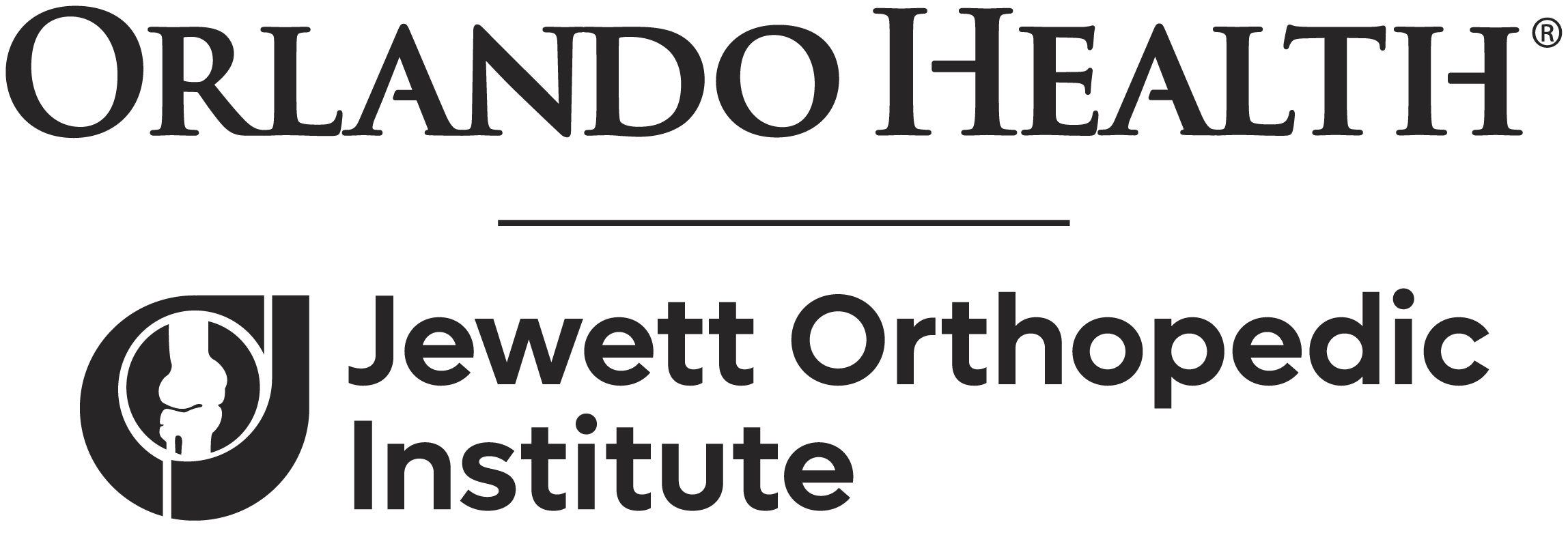Targeted Muscle Reinnervation After Amputation
For those facing the possibility of amputation, surgical experience and innovation are important. At Orlando Health Jewett Orthopedic Institute, we understand the importance of combining expertise with the compassionate, multidisciplinary care necessary for amputees to overcome pain and regain control of their lives.
Our surgeons are highly skilled in both upper- and lower-extremity limb loss, trauma surgery and targeted muscle reinnervation (TMR), an advanced microsurgical pain-management option for amputees and others facing limb loss.
Phantom Limb Pain
More than 80 percent of the 2 million Americans living with limb loss suffer chronic pain following amputation. Called phantom limb pain (PLP), this intense discomfort feels like it is coming from the limb that is no longer there. It can have a significant impact on a patient’s quality of life and how their prosthetics function.
PLP occurs when nerves are severed during amputation and create a neuroma, a disorganized mass of nerve tissue formed as the cut nerve tries to regenerate. Neuromas develop if the nerve does not have a clear target for regrowth, which can cause spontaneous signals to be sent to the brain from the nerve, often interpreted by the brain as uncomfortable or painful.
For some, PLP may slowly decrease over time. For many, however, the pain persists. While medicine and alternative therapies can ease PLP, they cannot eliminate it. At Orlando Health Jewett Orthopedic Institute, TMR offers patients an option to significantly reduce or alleviate this pain.
The Treatment
TMR was first developed in 2002 to help those with above-elbow or shoulder amputations better control their myoprosthetic limbs. Doctors soon noticed their patients who had TMR surgery reported less phantom limb sensation and suffered fewer neuromas.
How it works: TMR uses microsurgery to reroute the severed nerves from an amputated limb to the nerve branches of a remaining muscle that is no longer needed as a result of the amputation. By reconnecting the cut nerve to a nerve going to a muscle, the cut nerve is able to regenerate in a more organized way. By giving the nerve “somewhere to go and something to do,” development of a neuroma can be avoided, thus preventing the signaling pain back to the brain. TMR reconnection reduces the chance of a neuroma forming and phantom limb pain developing.
When it is used: This advanced technique is available at Orlando Health Jewett Orthopedic Institute for both upper- and lower-extremity limb loss and can be performed at the time of amputation to prevent phantom pain or can be done to treat chronic pain which has already developed due to a previous amputation. By restoring continuity to the nerve, TMR reduces the chances of developing PLP, making it easier for amputees to use prosthetics and return to the activities they enjoy.
When performed as part of an amputation, a microsurgeon joins the team, working in tandem to reconnect the severed nerves during one procedure.
Who it helps: More than 185,000 amputations are performed annually in the United States as treatment for an injury, disease or infection. Complications from vascular disease, diabetes and peripheral arterial disease (PAD) account for more than half of all surgical amputations. Another 45 percent are due to trauma.
Candidates for TMR include patients suffering chronic nerve pain post amputation or those slated for amputation who want to prevent phantom limb pain. TMR can be considered for any patient with prior upper- or lower-extremity amputation who experiences phantom limb pain or residual nerve pain, even several years after surgery.
TMR also may allow improved control of an advanced prosthesis called a myoelectric prosthesis. By reassigning the nerves that once controlled the arm and hand, or leg and foot, to a different muscle, TMR surgery provides more opportunity for a myoelectric prosthesis to detect the electrical signal being generated by the patient’s nerves and thus for improved control of their prosthesis with increased movements and intuitive control.
Contact Us
If you are facing amputation or suffer from phantom limb pain, find out if TMR could benefit you. We are one of the nation’s top training programs for orthopedic physicians with access to the most up-to-date information on advanced techniques and procedures. By taking a multidisciplinary approach, we work to create individualized treatment plans that help those suffering from limb loss recover as quickly as possible.
Choose to Stay in Touch
Sign up to receive the latest health news and trends, wellness & prevention tips, and much more from Orlando Health.




